When starting a cement block manufacturing business, understanding the required working capital is crucial for smooth operations, particularly during the initial months. Working capital refers to the funds needed to cover the day-to-day operations of a business, including expenses related to production, raw materials, labor, and other operational costs. Properly assessing and managing this capital can significantly impact the efficiency and success of your manufacturing operations. This article explores the key components of working capital for a cement block manufacturing machine and provides insights into how much is needed to keep operations running smoothly during the early stages.
Understanding Working Capital for Cement Block Manufacturing
Working capital is essential for maintaining the liquidity necessary to support ongoing business operations. For a cement block manufacturing business, this includes covering expenses such as raw materials (cement, sand, aggregates), utilities (water, electricity), labor costs, maintenance of machinery, and other operational overheads. Properly estimating these costs and ensuring adequate working capital can help prevent disruptions and allow for smooth production flows. Understanding these requirements is the first step towards ensuring the success of your venture.
Estimating Raw Material Costs
Raw material costs are a significant portion of the working capital needed for cement block manufacturing. The primary raw materials include cement, sand, and aggregates. The cost of these materials can vary based on local market conditions, supplier agreements, and quantity purchased. In the initial months, you should account for higher inventory levels to ensure you can meet production demands without frequent interruptions. It’s advisable to secure supplier contracts and bulk purchase agreements to manage costs effectively and avoid price fluctuations.
Labor Costs and Workforce Planning
Labor costs include wages for production workers, machine operators, supervisors, and administrative staff. In the initial phase, you might need to hire and train personnel, which can lead to increased costs. Additionally, factor in expenses for employee benefits, insurance, and any potential overtime. Effective workforce planning is crucial to ensure that you have the right number of staff to meet production targets while managing labor costs efficiently. Proper training and clear operational guidelines can help optimize labor productivity and reduce turnover rates.
Utility Expenses
Utilities such as electricity, water, and fuel are essential for operating cement block manufacturing machines. Electricity is required to power the machinery, while water is necessary for the mixing and curing processes. Fuel may be needed for heating or transportation within the facility. Estimating utility costs involves analyzing your production schedule, machine efficiency, and local utility rates. In the initial months, utility expenses may be higher due to the setup phase and increased consumption as you ramp up production. Ensuring that you have sufficient working capital to cover these costs is vital to avoid any disruptions.
Maintenance and Repair Costs
Regular maintenance and occasional repairs are necessary to keep your manufacturing equipment in optimal working condition. In the early stages, you may encounter more frequent maintenance issues as the machines are used intensively and are still being fine-tuned. Setting aside a portion of your working capital for maintenance and repair costs is essential to prevent unexpected downtime and ensure continuous production. Establishing a preventive maintenance schedule and maintaining a relationship with reliable service providers can help manage these costs effectively.
Inventory Management and Storage Costs
Effective inventory management is crucial for managing working capital efficiently. You need to maintain sufficient stock of raw materials to meet production demands without overstocking, which ties up capital unnecessarily. Additionally, consider the costs associated with storing raw materials and finished products. Adequate storage facilities are required to protect materials from damage and deterioration. Proper inventory management helps balance the cost of holding inventory with the need to meet production schedules and customer orders.
Contingency Planning and Cash Flow Management
Contingency planning is essential for handling unexpected expenses or fluctuations in revenue. Setting aside a portion of working capital as a contingency fund can help manage unforeseen circumstances such as equipment breakdowns, sudden increases in raw material costs, or delays in customer payments. Effective cash flow management involves monitoring inflows and outflows regularly to ensure that you have sufficient liquidity to cover ongoing expenses and avoid financial stress.
Conclusion
Determining the appropriate amount of working capital for a cement block manufacturing machine involves careful consideration of various factors including raw material costs, labor expenses, utility bills, maintenance needs, and inventory management. Ensuring that you have adequate working capital in the initial months is crucial for maintaining smooth operations and addressing any unexpected challenges that may arise. By planning ahead and managing resources effectively, you can support your manufacturing operations, optimize production, and set a solid foundation for long-term success in the cement block industry.




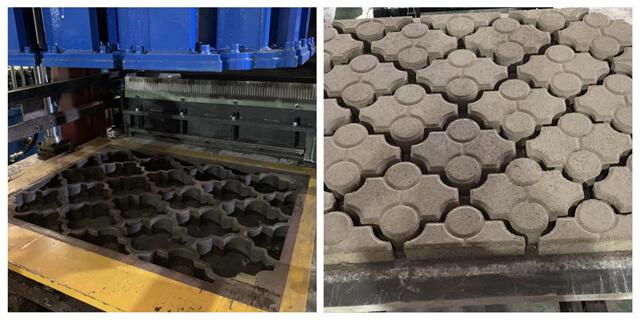
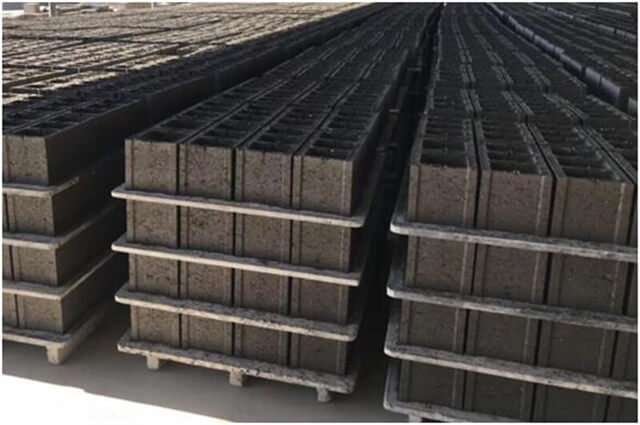
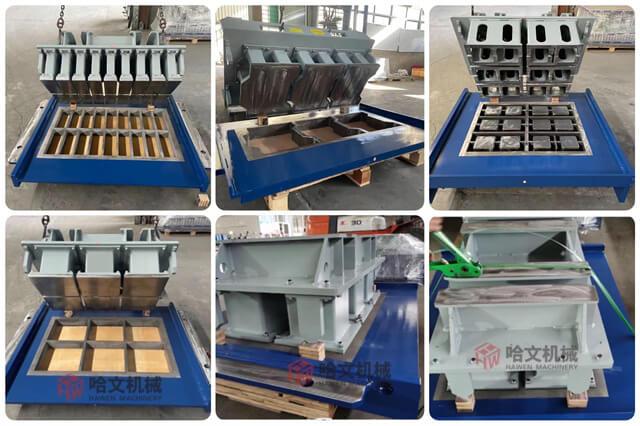
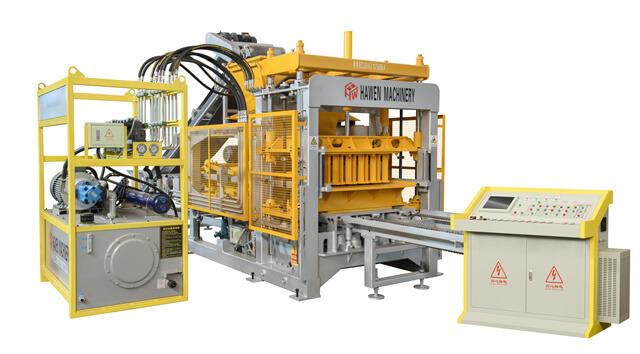
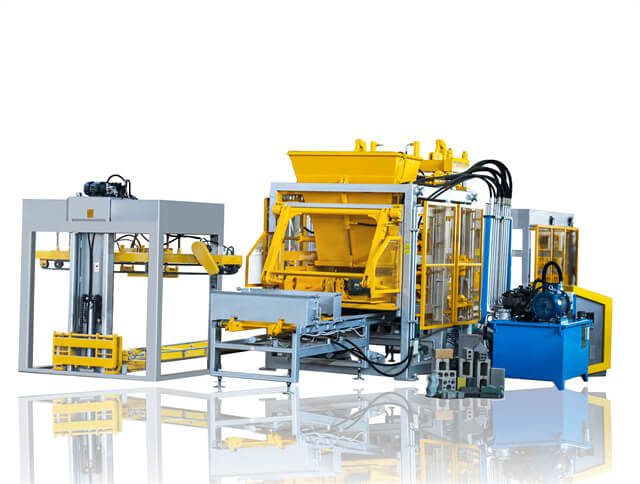
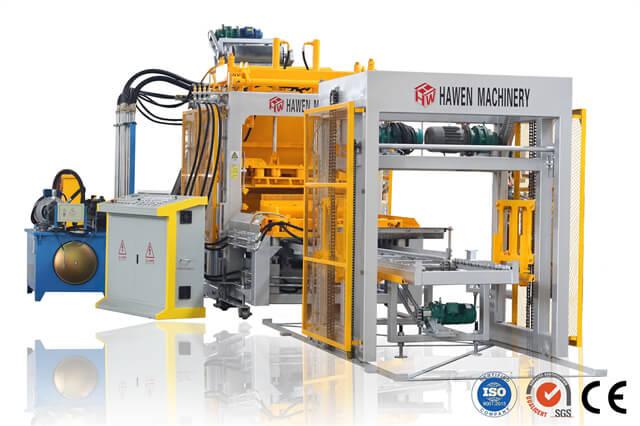
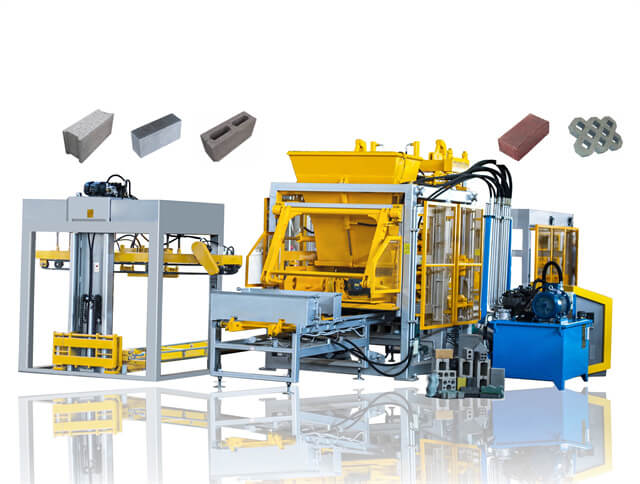
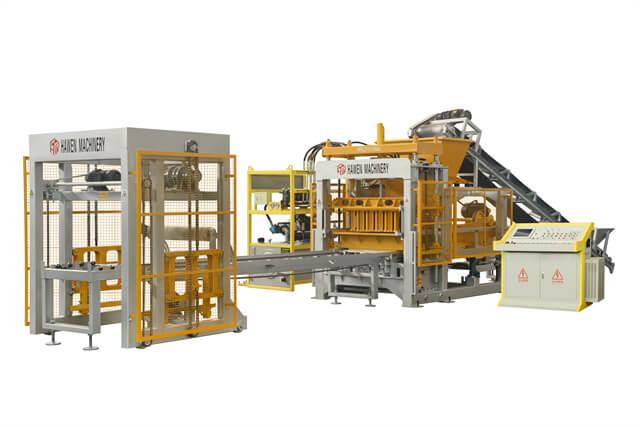
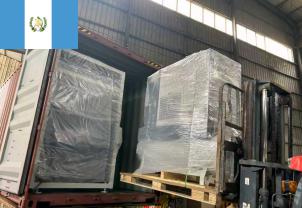
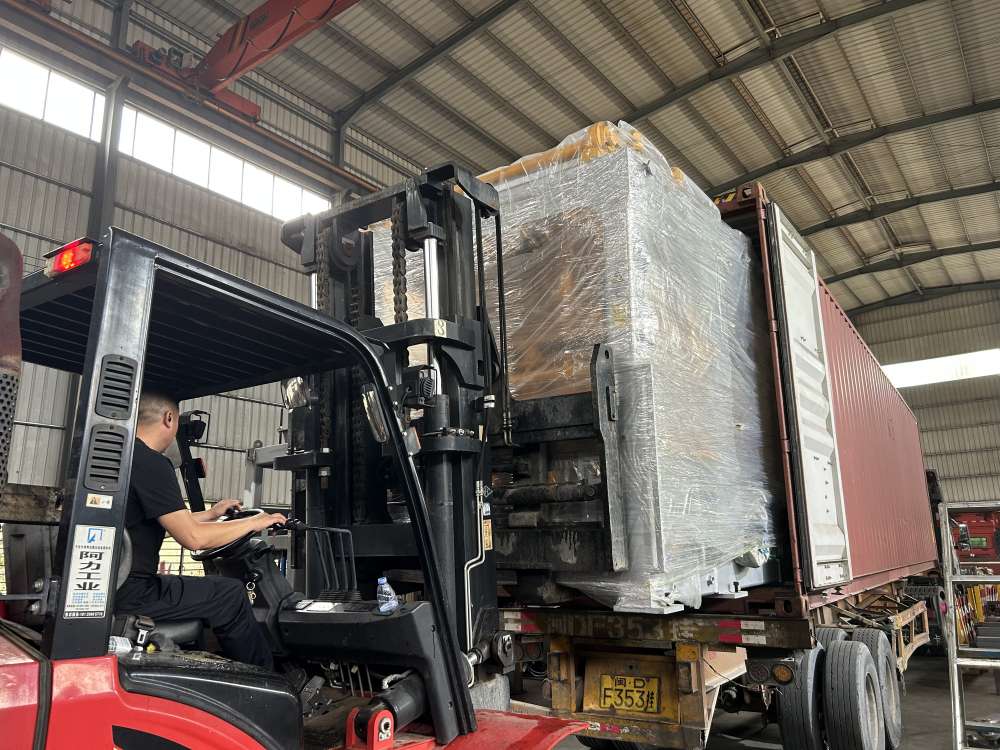
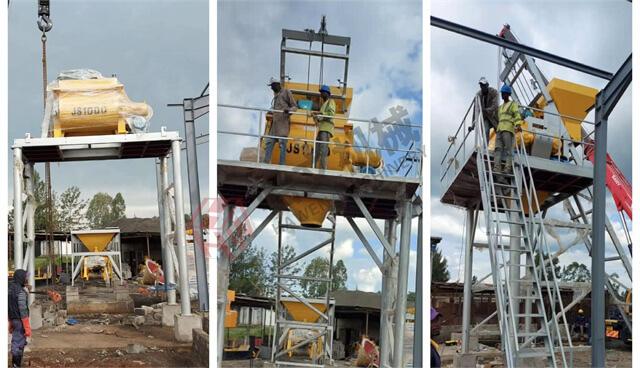


 Tel: +86-13905968794
Tel: +86-13905968794 Email: export@hwmachines.com
Email: export@hwmachines.com MP/WhatsApp: +86-13905968794
MP/WhatsApp: +86-13905968794 Manufacturer Address:Nanan,Quanzhou City,Fujian Province,China
Manufacturer Address:Nanan,Quanzhou City,Fujian Province,China




